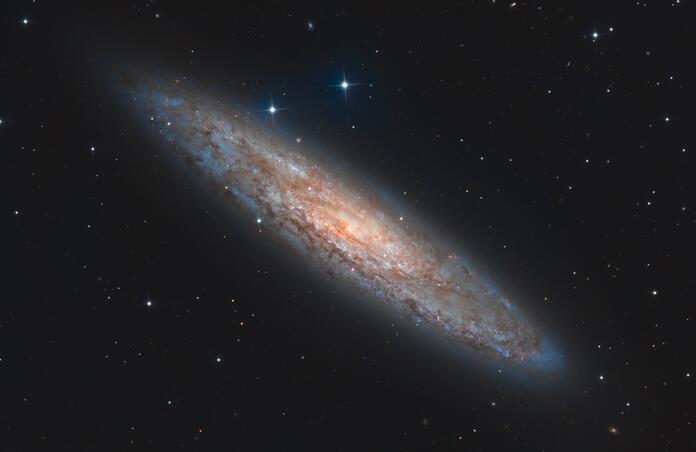The Impact of Target Altitude

Imaging deep sky objects or our local solar system planets or the moon will be tough to image when they’re near our horizon. Our planet’s atmosphere is much thicker near the horizon than it is further up, since 90% of our atmosphere is within 15 km or 10 miles of sea level. When you observe a star near the horizon, you’re looking through more air which brings more problems with our viewing, such as:
- More air turbulence resulting in poor seeing.
- Greater atmospheric refraction which causes our objects to appear to shift positions. The atmosphere refracts different wavelengths of light to different degrees. The result is that views of an object look like they are coming through a prism, showing smeared colors on the fringes.
- Greater atmospheric extinction, which dims our views because the light from the target is scattered and the hue of the object’s color will be shifted to the red end of the visible spectrum.
If you look at an object near the zenith, the light from the object is passing through much less air mass and the views will be much clearer. As with a lot of things in astronomy, there is a formula to calculate the the number of air masses you are looking through for a given angle. The formula is as follows:
a = sec(90 deg - h)
a = the number of air masses
h = the angle from the horizon
This formula is accurate to about 15 deg, where it begins to break down. You can boil the calculations down to this:
- At 30 deg or higher, you’re looking through 2 air masses or less of atmosphere.
- Below 30 deg, imaging and observing becomes a challenge as you’re looking through 3 air masses or more.
- Below 15 deg, you’re wasting your time trying to image anything.
The bottom line is that when planning your imaging session targets, you want to make sure your target is at a minimum of 30 deg above the horizon or higher. This should be the lowest point your target should be during your imaging session.
Clear skies….
Image Credit
